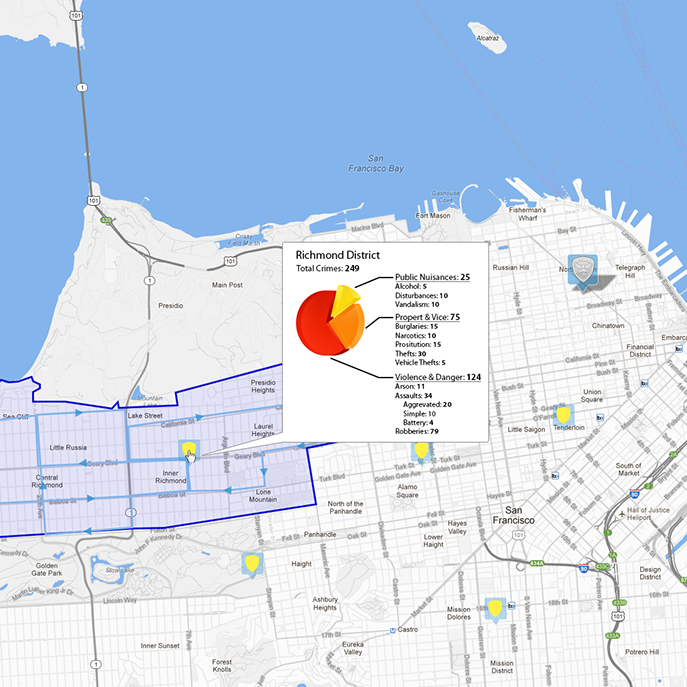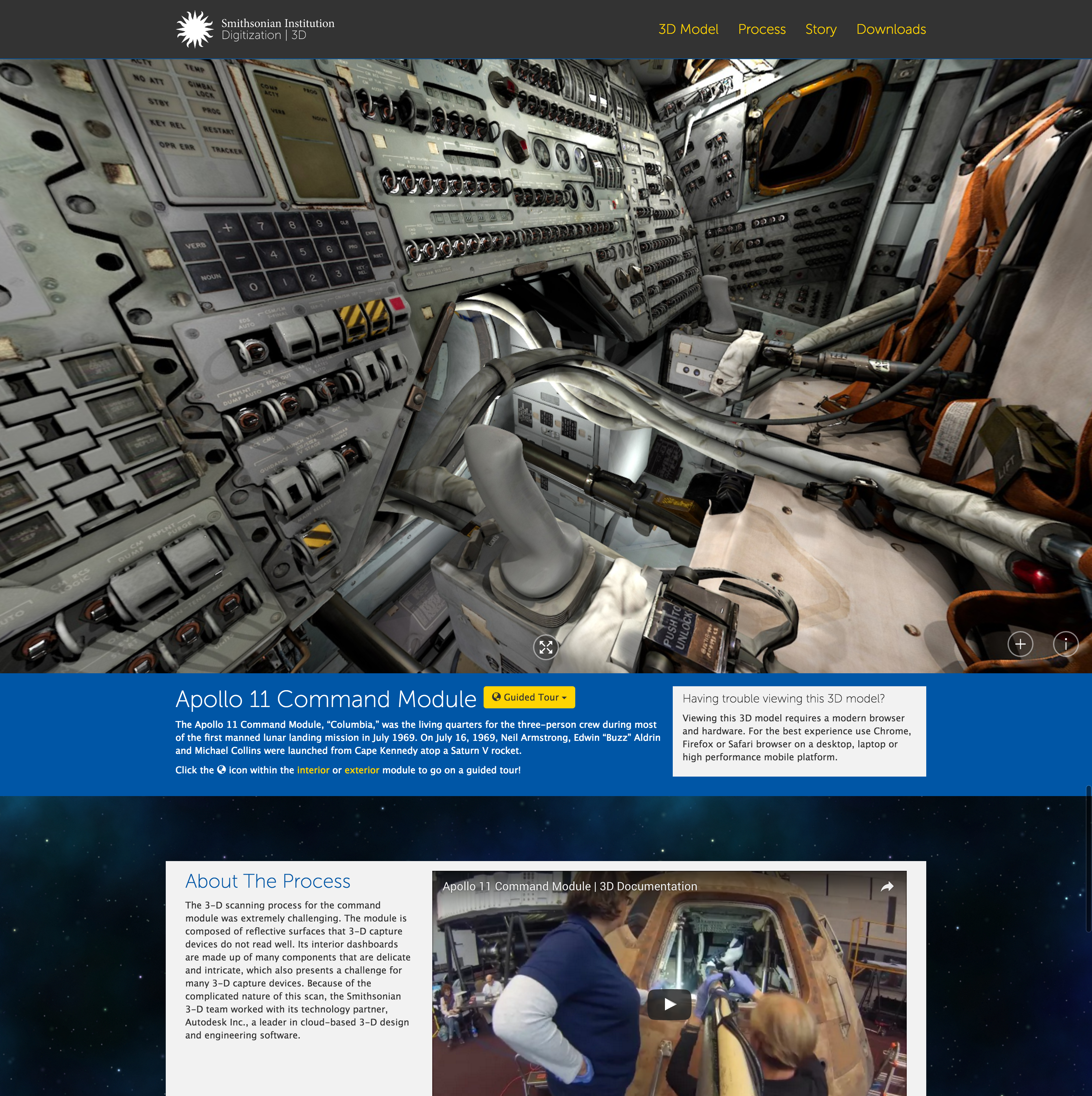Format: Educational Multimedia Website
Clients: Sarah Rubin, UMBC History Department
Partners: UMBC Imaging Research Center, Visual Arts Students
Skills & Tech: Story Boarding, Video production, Adobe After Effects, Video Effects, Voice-over
URL: http://shermansmarch.org/
Partners: UMBC Imaging Research Center, Visual Arts Students
Skills & Tech: Story Boarding, Video production, Adobe After Effects, Video Effects, Voice-over
URL: http://shermansmarch.org/
Map of Sherman's March with interactive timeline.
Sherman's March and America: Mapping Memory is an interactive, educational, multimedia experience and is a learning companion to the non-fiction history book Through the Heart of Dixie: Sherman’s March and American Memory. Historian and UMBC History Professor Anne Sarah Rubin wrote the book that provided the source material and co-directed the project with Professor of Visual Arts Kelley Bell.
I was honored to contribute my creative talents alongside my fellow students to produce educational content for this project. Over the summer of 2009 I helped produce several videos that illustrated and explored the destruction of Civil War General William Sherman’s infamous “March to the Sea.”
Camp Lawton: A Peaceful Day at the Park
For the video Camp Lawton: A Peaceful Day at the Park, I worked with several other students to compile source images, storyboard shots to the voice-over script, and plan transitions between shots. We then executed our shots using a animation, parallax effects, and image compositing in addition to traditional “Ken Burns” editing techniques such as panning and zooming.
Milledgeville: Boys Will Be Boys
In this video I teamed up with Professor Bell and two other students to recreate the sacking of Milledgeville by the Union army in November, 1864. For this video we created a diorama of Milledgeville, found or created props, and story-boarded shots following the voice-over script. We then brought all the materials into the photography studio and began setting up the individual shots, capturing them and then breaking set to capture the next sequence. We used techniques such as tight shots of the figures, backlighting and shots from inside the “buildings” to not only create an atmosphere of looming danger but to also capture the perspective of the defenseless civilians as the Union army vandalized their town and homes.
We then brought the “set” outside to safely set it on fire and capture the scenes of the Union soldiers' spiteful arson. For the final shots of the video we brought the diorama back inside to further deface the razed town with all manner of dirt, colored corn syrup, and cornstarch to simulate the debris and ruin left in Sherman’s wake on his march to Savannah.
For this video, I also provided the narration voice-over.
For this video, I also provided the narration voice-over.











